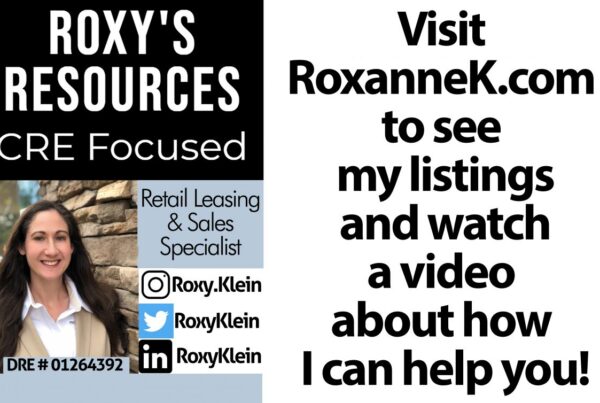Author: Allen Buchanan This post originally appeared on Location Advice and is republished with permission. Find out how to blog with us on theBrokerList.
 |
| Image Attribution:www.clipart-library.com |
Recently, we discussed two types of investors – those who use their own money to make buys and those who don’t. We refer to the former as private and the latter as institutional. As you’ll recall, private investors generally will secure debt as a supplement to their down payment whereby an institutional group will have ready pools of equity ready to deploy.
I’m astounded by the volume of activity with both classes these days! We launched an offering last week. So far, we’ve had over 76 inquiries and two offers. We expect the deal to trade at a record price. Another example. A Class A building just leased – prior to completion. Completely unsolicited, an investor offered to buy it – subject to the new lease – at a return and price per foot that would’ve shattered any top. Our client said, no thanks! It’s just too difficult to find land and secure city approval to build. Their plan is to hold long term.
Both of the above are great illustrations of the title of this column – What’s most important to investors? Indulge me as I discuss of few of my observations.
Generally, motivation – what’s important – starts with money. Specifically, the source of those dollars. With our new offering, the owner of the real estate bought the building to house his operation. He coupled earned funds with a 90% loan from the Small Business Administration to close the deal in 2013. Flash forward. His business model changed in 2018. No longer needed was the warehouse. We found him a tenant to replace his occupancy. He then morphed into a private investor whereas before, an owner occupant. So why sell? After all, the tenant is providing a nice check each month. Two reasons. A move out of state by the owner to a tax friendly state means he’ll escape California state taxes if he sells. Plus, the market is hot! Taking the boot and buying elsewhere will yield more. What’s most important? Net cash flow – what remains after he pays the bank and income taxes.
Now, in the case of the new Class A lease and unsolicited offer – we have a different set of circumstances. Let’s start again with the money. Prior to 2019, our client teamed with a Canadian pension provider. Structured was a fund with a clear objective. Acquire industrial deals in infill markets (those like the OC that are largely developed). Existing structures and sites that require repurpose are considered. Dollars invested will provide a return for pension recipients for years to come. Therefore, if a new project is developed and sold, a bigger problem emerges – where to invest the profits – because there is a shortage of investment grade real estate. What’s most important? A long sustainable income stream.
Are any institutional investors sellers, these days? Rarely. Those who tap Wall Street for investment equity – such as Real Estate Investment Trusts – are governed as to how much they’re allowed to dispose of annually. Others who buy on behalf of pension funds – such as CalSters and CalPERS – must keep a percentage of the pool in asset classes such as commercial real estate. Sure. They could reap large gains by selling, but as mentioned above, then what? Cash returns in a bank or T-bills are puny. What can cause a sale? Remember our client – with the Canadian pension dollars? Typically, when a business plan is executed – dollars deployed – there is a sunset on the arrangement – 5, 10, 15 years. You’ll therefore see properties hit the market whose underlying funds have matured. If their timing is now – what a bonanza!
Allen C. Buchanan, SIOR, is a principal with Lee & Associates Commercial Real Estate Services in Orange. He can be reached at [email protected] or 714.564.7104. His website is allencbuchanan.blogspot.com.



